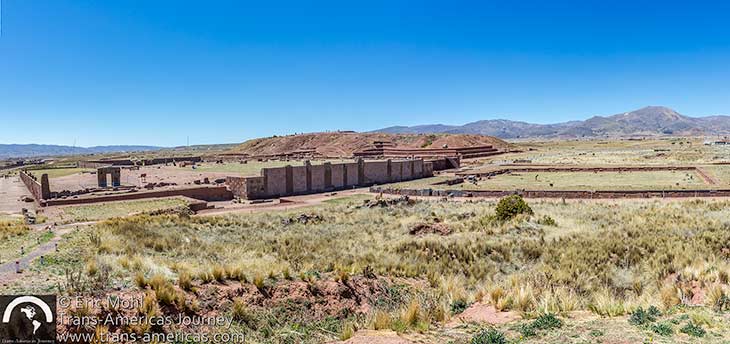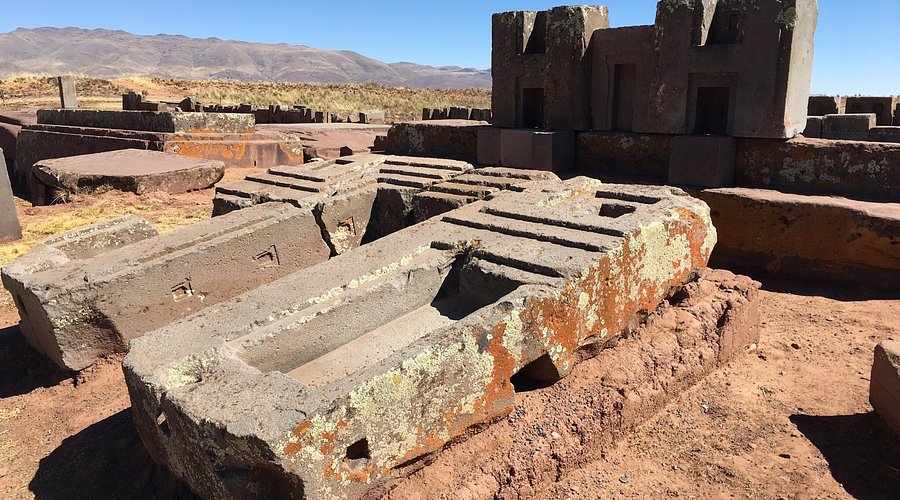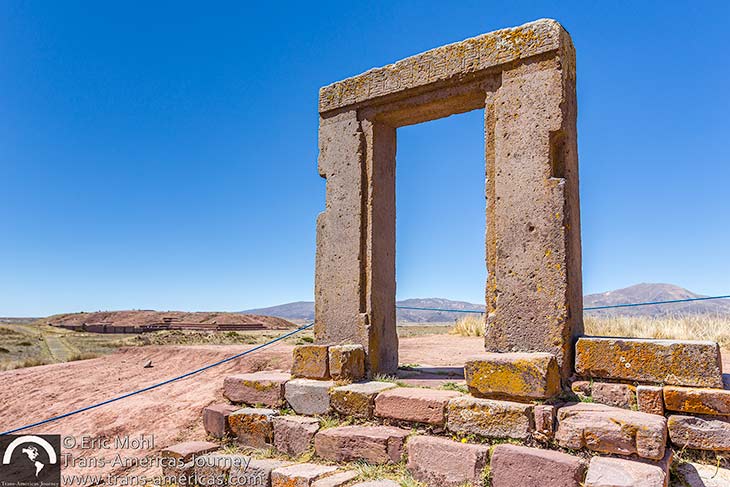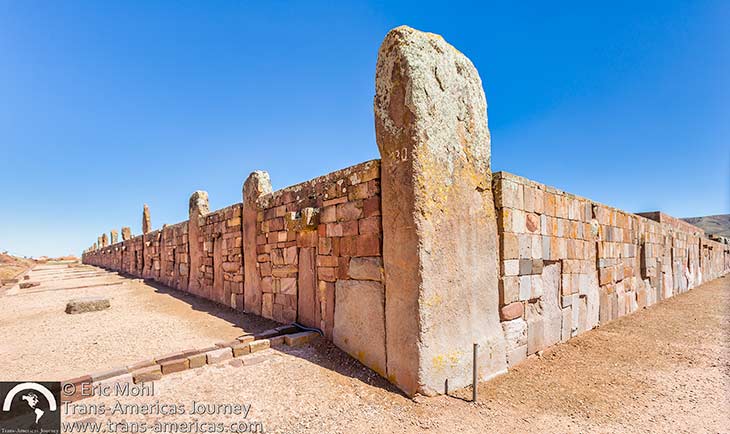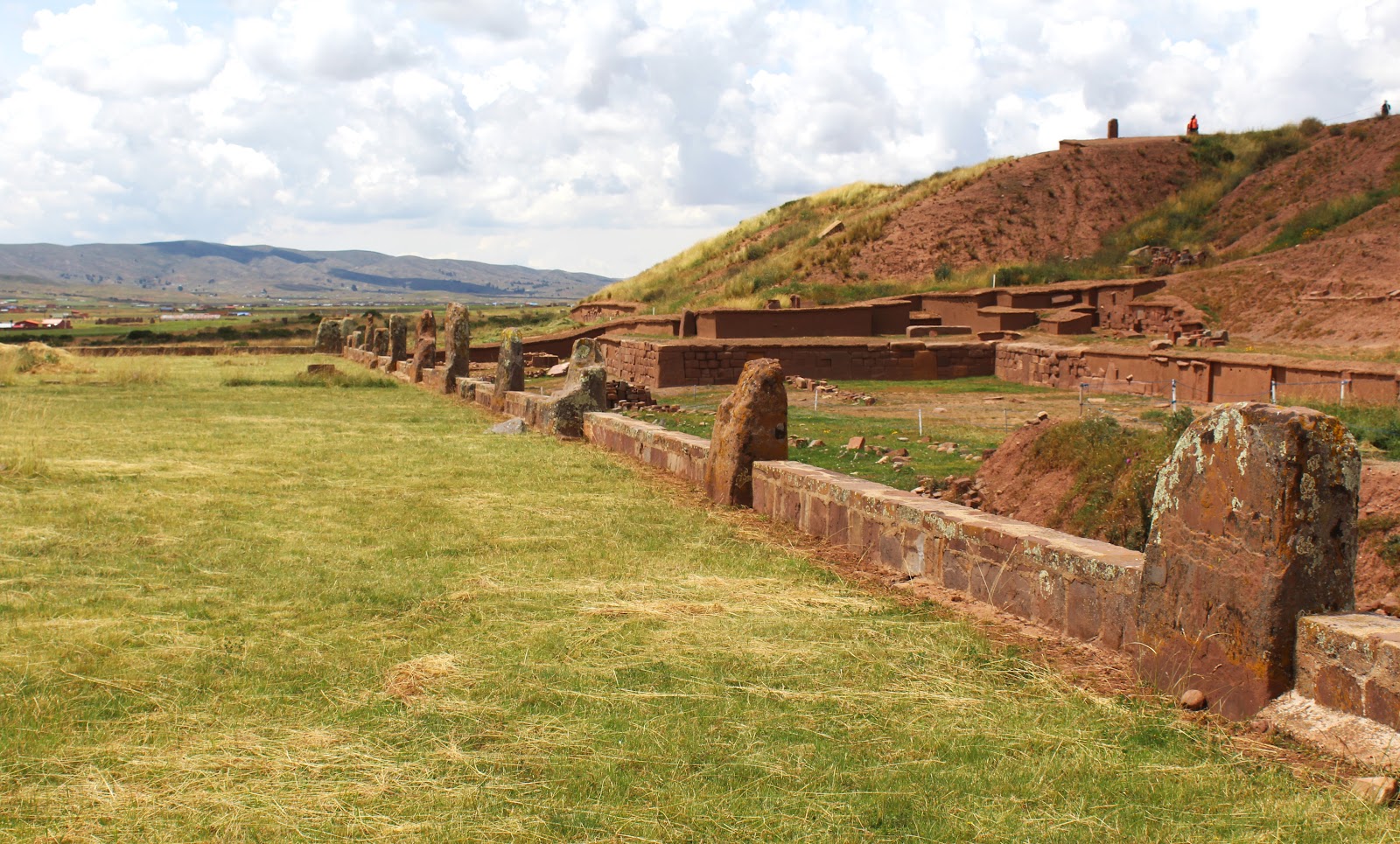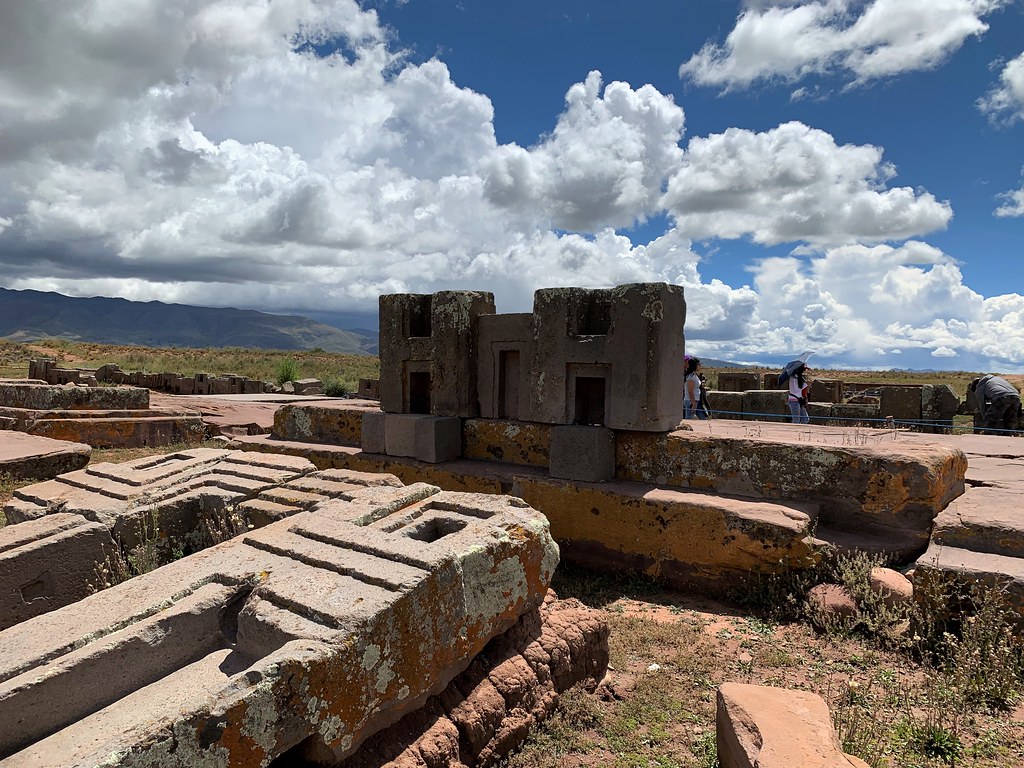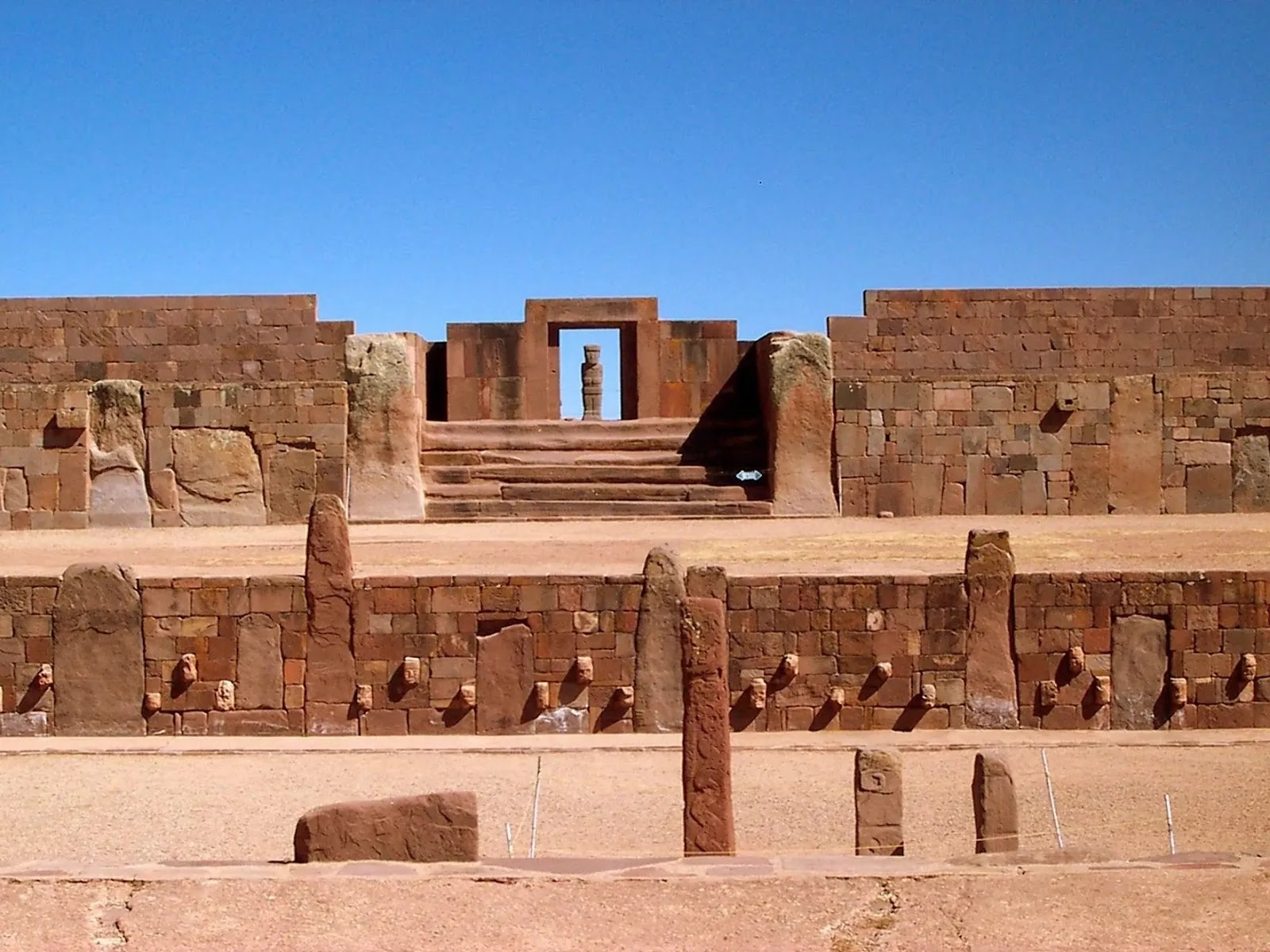Kumrat Waterfall is a majestic abshar. It is not far away, if you stay in Kumrat. The ideal time to visit this point in the evening when sunlight is glowing the waterfall. Thousand of liters of water falling down offering breathtaking view. The high peaks and lush green trees makes this waterfall a perfect view. The crystal clear water rolling down to the surface creating thunderous sounds. It’s a pleasing place where you can enjoy some time to enjoy the pure nature beauty. Its an ideal place for bar-b-que and short picnic. You can find many tuck shops offering, biscuits, cold drinks, snacks, and many other eatable items.
Travel Trip Journey
A compendium of interesting places, hidden wonders, Beautiful Places, strange travel destination, tourist attractions.
Thursday, 17 July 2025
Saturday, 14 June 2025
Saifullah Jaheel, Kalam Valley
Today I’m taking you to Saifullah Lake in Kalam Valley. It is mesmerizing site to relax in a soothing environment. The lush green grass offers a majestic view to eyes, looks like you are in hidden paradise. The crystal-clear flowing waters adding the beauty which is fast flowing towards their destination. Watching torrential flowing waters looks a unique experience how nature is powerful. The lake is engulfed in high rise peaks. That is more magical view when sun is playing hide and seek in a tranquil environment.
The best time to visit Saifullah Jaheel is June, to early September when the weather is so pleasant. But you can expect unusual rush till the Mahodand lake, but if you travel to one kiloemeter ahead to Saifullah Jaheel, you will be delighted of no rush here. It’s a pleasant and soothing place. You can enjoy with your family to make picnic here and eat delicious foods like Bar-b-que. For nature lovers, it’s a magical place.
For Bird lovers, you will see different species of birds in the surrounding environment. Bird watch is a great hobby here. Even I saw myself some unique rare species of finches here. Even fishing is also an equal important activity here. So I must recommend to be here for unforgettable experience. If you like this place, don’t forget to share with your fellow nature lovers.
Friday, 13 June 2025
Puma Punku Bolivia
Puma Punku is an ancient ruined site in Bolivia. Its a great place for history lovers. If you love to explore historical site, then this is a must visit site. Explore how people were living here thousands of years ago. How was there culture and how life was tough in that era. Source: CP







